ChoLa Pass: Be part of an extraordinary 16-day trek, the Everest Base Camp, ChoLa Pass, and Gokyo Valley. Immersing yourself in the breathtaking beauty and vibrant culture of Nepal’s Himalayas. Nestled in the country’s southeastern part, this region is a haven of majestic peaks, pristine glaciers, and awe-inspiring cliffs. Prepare for an unforgettable journey through the heart of nature’s splendor.
Trek Overview
Immerse yourself in an unforgettable journey through the Himalayas, where nature’s magnificence intertwines with a rich cultural tapestry. This 16-day trek invites you to witness stunning landscapes, delve into unique wildlife encounters, and forge lasting memories.
The trek takes you on a captivating path through the serene Khumbu region, nestled within the Sagarmatha National Park. Feast your eyes on the awe-inspiring vistas of Gokyo Valley (5357m), Kala Patthar (5550m), and towering giants like Mount Everest (8848m), Mt Lhotse (8516m), Mt Makalu (8485m), and Cho-Oyu (8201m). Each step offers a glimpse of the extraordinary, a chance to witness the grandeur of these colossal peaks.
Immerse yourself in an unforgettable journey through the Himalayas, where nature’s magnificence intertwines with a rich cultural tapestry. This 16-day trek invites you to witness stunning landscapes, delve into unique wildlife encounters, and forge lasting memories. Join us Alpine Club of Himalaya for an unparalleled expedition, as we guide you through the wonders of Nepal’s Himalayas.
Important note:
Your safety is of paramount importance to us at the Alpine Club of Himalaya. We have the absolute authority to cancel the trip or change the itinerary. When deemed necessary or when we have reason to believe your safety is at stake. Weather conditions, the health condition of a group member, natural disasters, and such, can contribute to changes in the itinerary when traveling in remote mountainous regions. In these extreme situations, we kindly request that you offer your full co-operation to the trusted leader of the group appointed by the Alpine Club of Himalaya. However, we assure you that we will make every effort to keep to the above itinerary.
Overview
Trip Highlights
- Trek across the Khumbu region and Sagarmatha National Park.
- Witness the region rich biodiversity.
- Explore series of Lakes at Gokyo and Climb the Gokyo Ri perched at 5,357 meters.
- Visit the Mount Everest Base Camp.
- Scale Kala Patthar a renowned vantage point of the region.
- Cross Chola Pass at an elevation of 5,368 Meters.
- Learn about the unique culture and lifestyle of the mountain people.
- Scenic flight from and to Kathmandu and Lukla.
Itinerary
Includes/Excludes
Cost Includes
- All airport/hotel pick up and drop in private car/van
- 3 Nights accommodation in Kathmandu including breakfast- Twin Sharing 3*
- 13 Nights stay in Lodge/Guest house / Basic Tea House/ during the trek.
- An experienced English speaking Trekking Guide and a Porter during the trek.
- Salary, food, insurance, and lodging cost for guide and porter ( 2 Trekkers-1 Porter )
- During the Trek, we will have Breakfast, Lunch, Dinner, and Tea/Coffee each time only.
- Welcome or Farewell Meals and Breakfasts while in Kathmandu.
- National Park Permit and TIMS for Everest.
- Airfare from Kathmandu to Lukla and return flight to Kathmandu and domestic flight departure taxes.
- Down Jacket and Sleeping Bag that needs to be returned to the office after trek completion.
- Kitbag and T- shirt for you
- Gov. Taxes and Service Charges.
- Ncell Sim Card (Nepalese Sim Card including 20 GB data pack) - Only 1 for a group.
Cost Excludes
- Nepal entry visa fees.
- International airfare and departure tax.
- Bar bills, laundry, and other expenses of personal nature.
- Travel insurance including evacuation.
- Lunch and Dinner in Kathmandu, expect welcome and farewell dinner
- Tips for local staff, guides, and porters.
- Desserts, Hot Shower, Hot Water, Wi-Fi, Mineral Water.
- Extra nights in Kathmandu
FAQs
The Trek requires two permits:
1) Sagarmatha National Park Entry Permit and
2) Khumbu Rural Municipality Entrance Permit.
The Nepal Tourism Boards office in Kathmandu or the park’s entrance gate in Monjo can provide you with Sagarmatha National Park Entry Permit for NRS 3000.
The fee for citizens of SAARC nations is NRS 1500.
You must complete the permit application and present your passport or a copy of your passport. You must be in Lukla to obtain the Khumbu Pasang Lhamu Rural Municipality Entrance Permit. The permission costs NRS 2000 and may be acquired at the rural municipality counter on the outskirts of the settlement.
You won’t have to worry about waiting for permits since the Alpine Club of Himalaya or our guides will take care of everything.
Everest Region Trek is one of the most facilitated trekking destinations in the country, providing basic to luxury ones.
In this trial, you will be provided with a variety of cuisine to choose from. Nepali, Tibetan, Indian, western as well as continental meals. As the region has small tea houses to luxury hotels the facilities, they provide are basic to grandeur according to your budget.
Similarly, drinking water is accessible with natural water supplies which are untreated, so direct use of the water is not recommended, you may refill boiling water or cold filter water from any of the teahouses. However, if you buy a water purification tablet, chlorine drops or utilize SODIS (sunlight assisted) filtration procedures for further assurance, saving money, and reducing plastic pollution.
Accommodations are available in trekking lodges, teahouses as well as several hotels all along the trail, providing basic well-maintained, and reasonably luxury 5-star ones with additional needs according to your budget. Tea houses on the trail vary in quality and price, depending on the amenities they feature.
For trekkers who want to Camp, various campsites are available along the.
The best season for trekking to the Everest region is during autumn and spring, the months of September, October, November, March, April, and May.
During the autumn season, the months of September, October, and November the weather is clear with warm temperatures and the visibility is great. As the weather is mild it’s very easy to get around the region.
The spring season of March, April, and May are also the best time to visit the Everest region, marking the end of the winter, the spring season brings a change in the topography of the region and the destination comes to life with endless rows of different colored rhododendron, moss and orchid draped trees, colorful undergrowth stretching for miles and the snowy white mountains peaks on the backdrop of clear blue skies.
Monsoon season is not favorable for trekking as the weather gets harsh and it’s hard to get around the country with frequent landslides and floods. So usually, monsoon season is avoided by trekkers.
In the winter season, the area receives a high amount of snowfall, covering most of the trail, and access is denied to most of the regions of Everest, making it impossible to trek.
We use private car for sightseeing and for the airport to hotel pick and drop off. Our only flights are from Kathmandu to Lukla and return.
Gokyo and Everest is a challenging trek where you often have to walk 6-7 hours a day. You don’t need past experience of hiking or trekking but if you have done any kind of trekking activities then it is always a plus!. We have met people from all walks of life, shapes and sizes who have completed the trek.
The only difficult part is when altitude sickness strikes and the effect that it can have on your body. Before leaving for Nepal, it is good if you can prepare yourself physically by increasing your stamina and oxygen intake.
Remember – The better prepared – the more enjoyable your trek!
The following information will give you some idea about what you need to bring for the trek. It is important you do not forget the essential items, as this will determine your comfort and safety on the trek. Equally important is that you do not burden yourself with unnecessary equipment on the trek.
General:
• All season sleeping bag and down Jacket (we can provide if you need it, but has to be
• returned after the trek)
• Duffle bag (has to be returned after the trek)
• A wind and waterproof thin layered jacket (a must-have for morning and evenings above
• 3,000m)
• Daypack
• Upper Body- Head / Ears / Eyewear
• A pair of half gloves
• A warmer hat that covers the ears
• Sunglasses
• Neck warmer
• Sunscreen (35 to 60 SPF)
• Headlamp and an extra set of batteries
Hands:
• A pair of half gloves for walking poles(if you prefer)
• Warmer shell gloves and liner
Upper Body:
• long sleeve t-shirts
• Thermal tops
• wool jacket or pullover
• Sports bras for women and girls
• Water and windproof shell jacket
Lower Body:
• Thermal underwear (especially trousers)
• windproof and waterproof trousers
• warmer trousers
• Comfortable trekking pants
• Extra casual sport pants
Footwear:
• A pair of good waterproof trekking boots
• Pair of sandals
• 4-5 pairs of woolen socks
• Sock liners
• Light shoes and sneakers
First Aid Kits and Medicines:
• Assorted adhesive bandages (fabric preferred)
• Blister treatment cream or similar
• Insect / anti-itch ointment
• Ibuprofen or other pain-relief medication
• Diamox (125mg to 250mg tablets for altitude sickness)
• Warps, splints, and wound coverings butterfly bandage
• Water purifying pills
Note: Our company guide will carry the medicines and first aid kits during the trek. However, we recommend you bring your personal first-aid kit as well.
Extra things:
• Comfortable trekking poles
• Quality energy dry foods (up to you)
• Power bank and music players
• Camera (memory card, chargers, and extra batteries)
• 4 passport size photos with original passport
• Water bottle & filter
• Flight details (please make a copy and leave one pic at our office in KTM because in case
• you want to change your flight date)
• Bathroom kit (conform, should be included toilet paper, plastic bags, hand wipes, towel, and soap, etc.)
Your safety is of paramount importance to us at the Alpine Club of Himalaya. We have the absolute authority to cancel the trip or change the itinerary, when deemed necessary or when we have reason to believe your safety is at stake. Weather conditions, the health condition of a group member, natural disasters, and such, can contribute to changes in the itinerary when traveling in remote mountainous regions. In these extreme situations, we kindly request that you offer your full cooperation to the trusted leader of the group appointed by the Alpine Club of Himalaya. However, we assure you that we will make every effort to keep to the above itinerary.

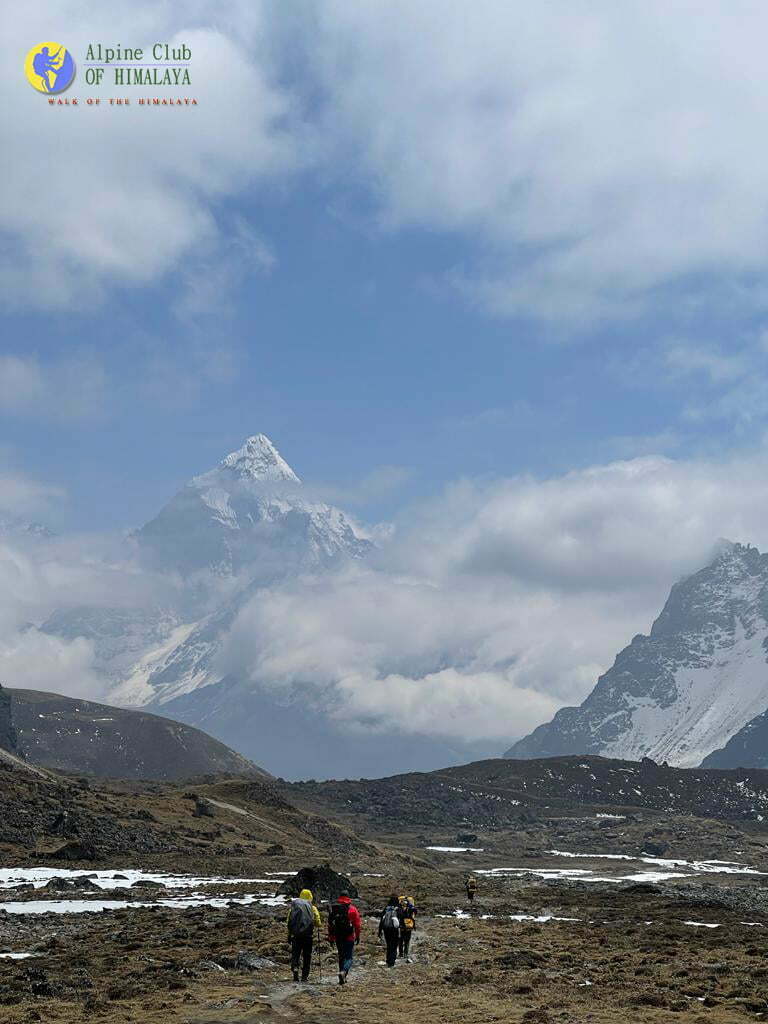







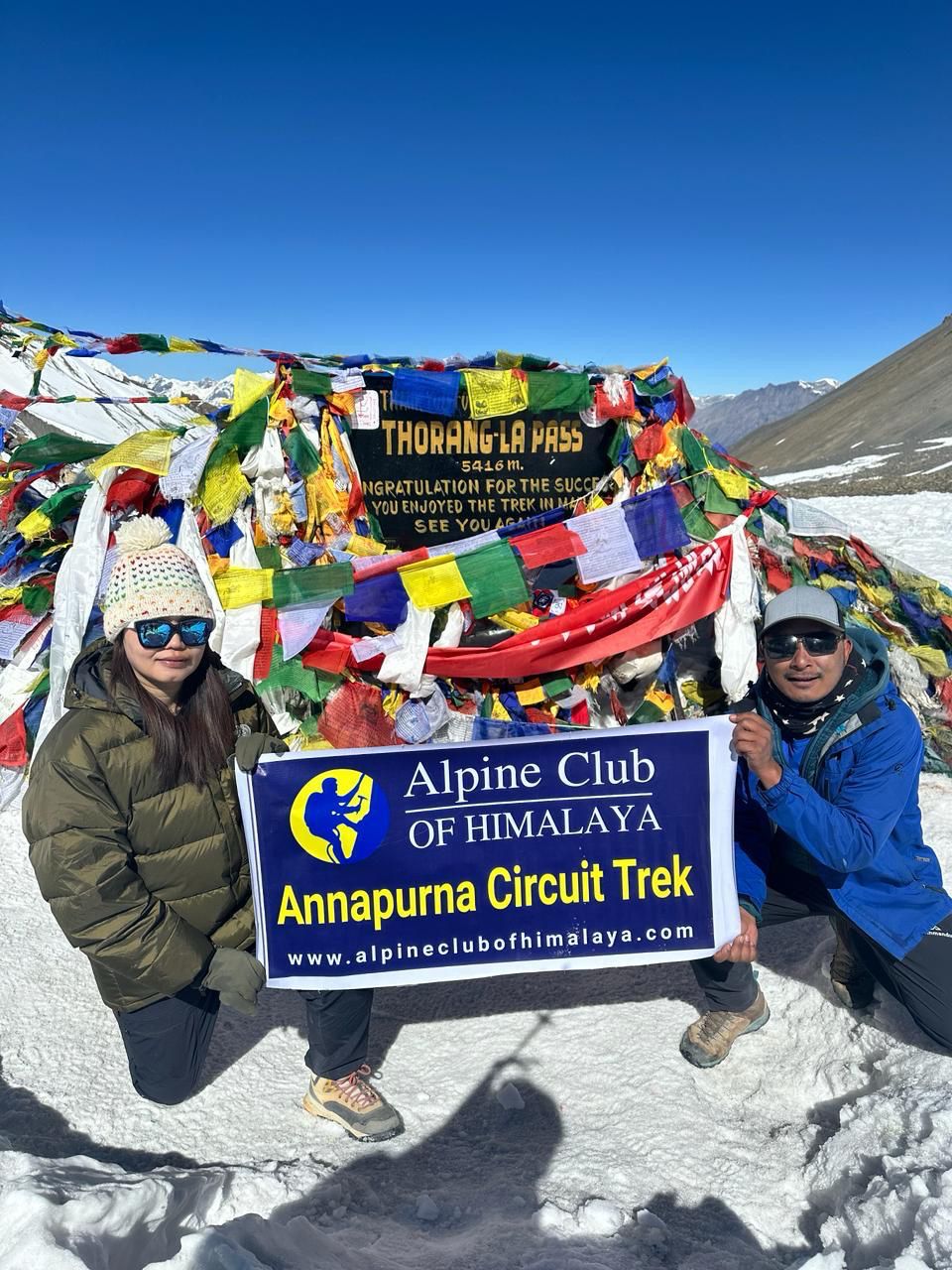
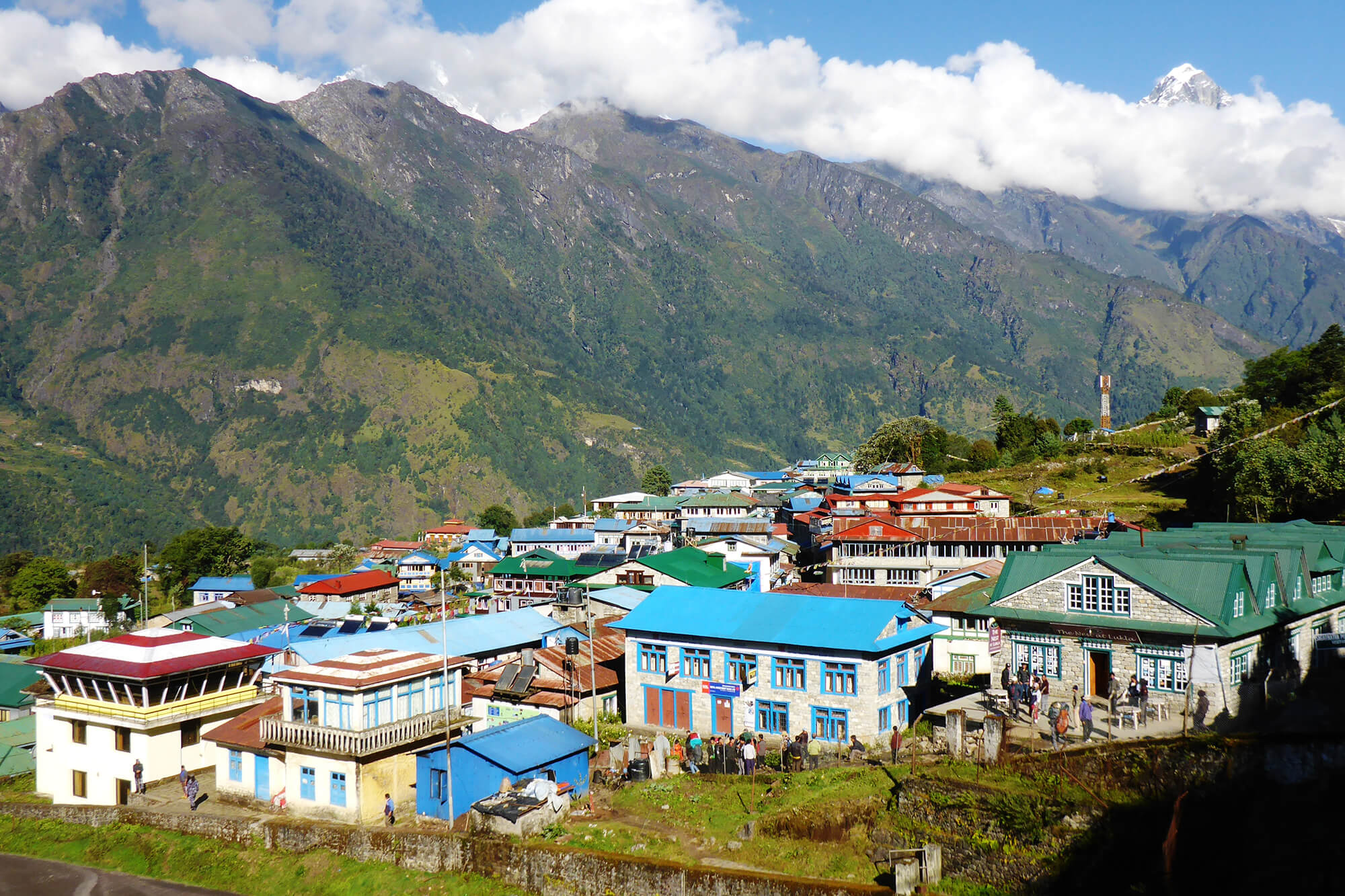
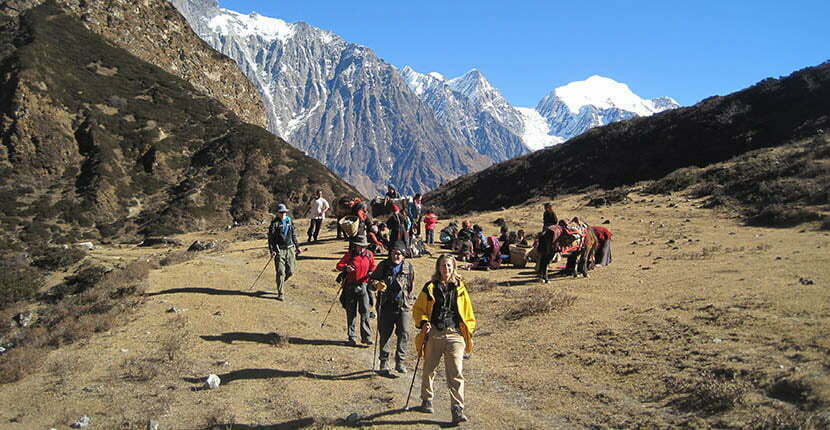
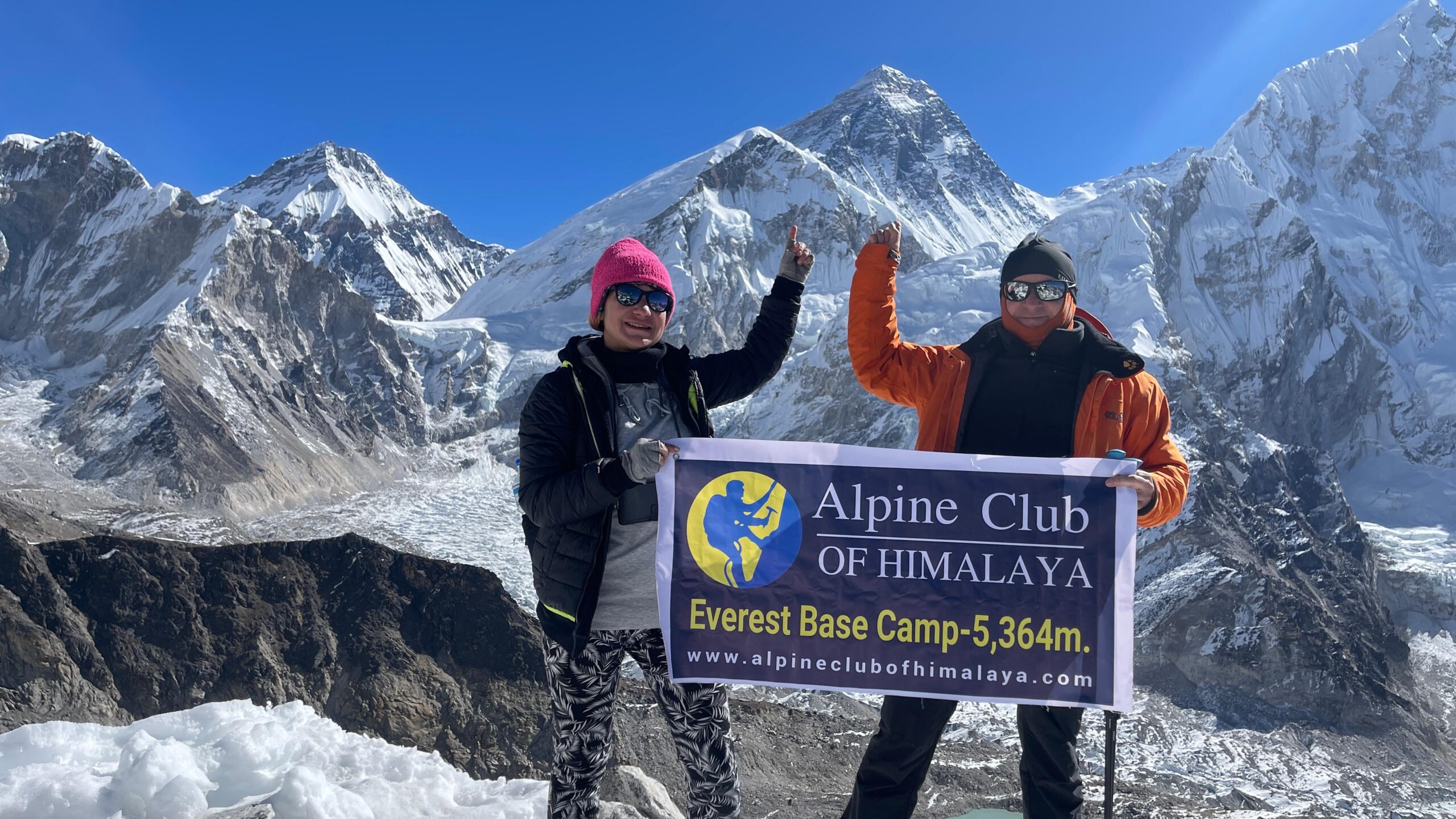
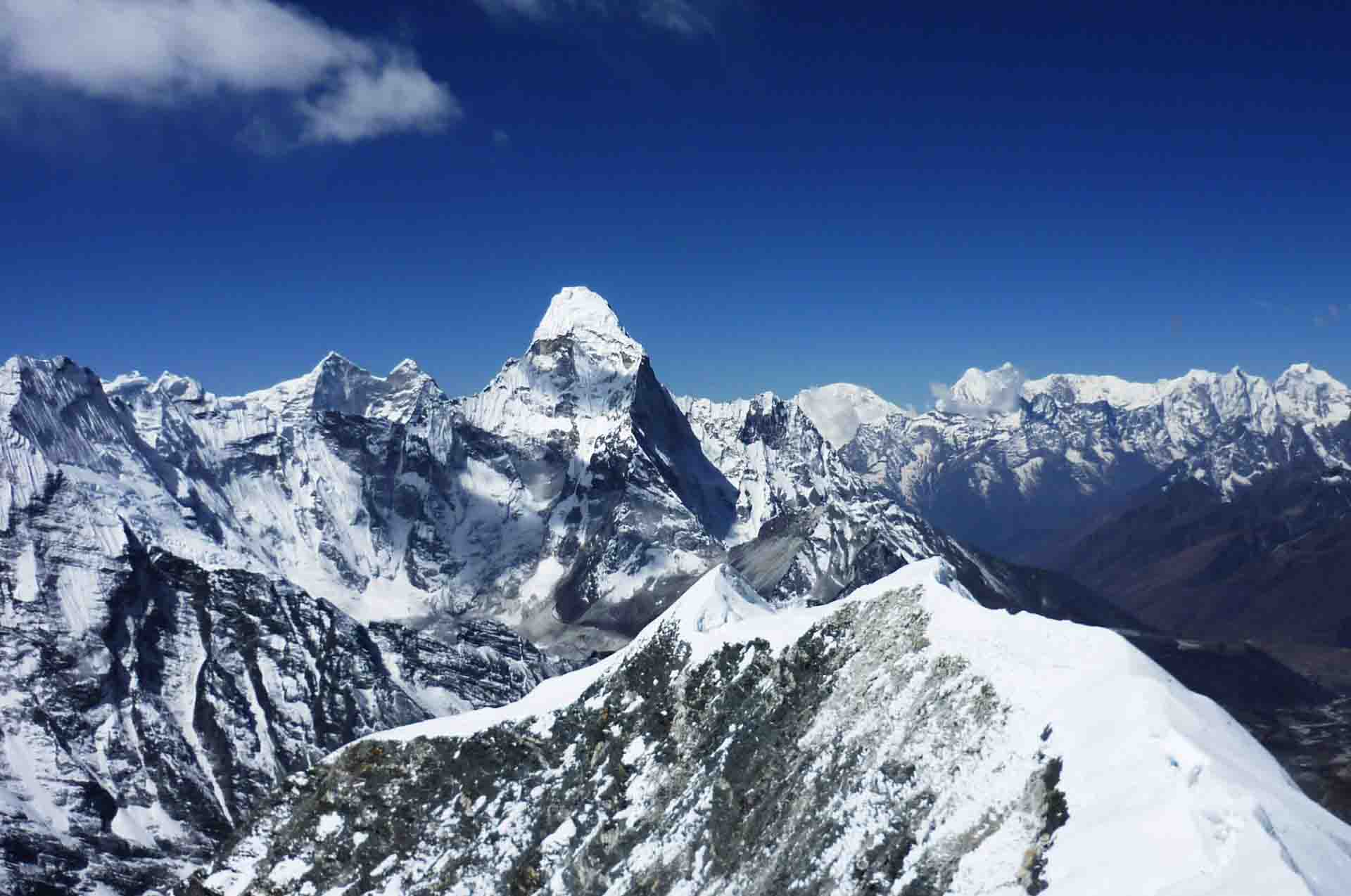
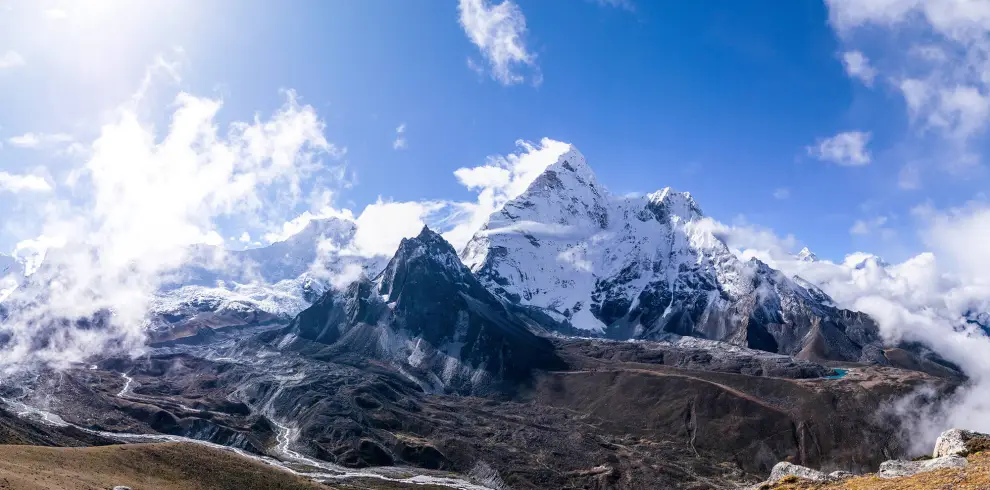
Write a Review